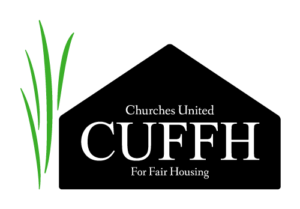My experience as an intern at CUFFH as a designer has been truly transformative. It marked my second opportunity to engage in a rebranding project, but this time, it was different. It was the first time my design work would be utilized in a real-world context. This experience taught me the immense impact design can have on organizations, shaping their identity and influencing their audience. It was gratifying to witness how design played a pivotal role in amplifying CUFFH’s mission and message.
Throughout the internship, I also discovered that I thrive in a collaborative setting. Working alongside talented individuals and being part of a team allowed me to tap into my creativity, receive valuable feedback, and engage in meaningful discussions. Collaborating with others provided a supportive environment that nurtured my growth as a designer. It was gratifying to see how our collective efforts, driven by a shared passion for the non-profit sector, positively impacted CUFFH’s initiatives and helped advance their cause.
This internship experience reinforced the notion that design is a powerful tool, especially when applied in non-profit organizations. Design has the ability to effectively communicate messages, evoke emotions, and create meaningful connections. Seeing how my design work directly contributed to CUFFH’s efforts in making a positive social impact was immensely fulfilling. It highlighted the significance and rewards of using design skills to support non-profits and work towards a greater good. This internship has enhanced my design abilities and deepened my appreciation for the role design plays in shaping organizations and creating positive change in the world.




